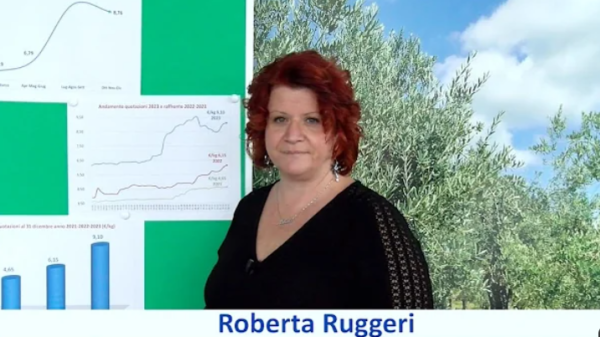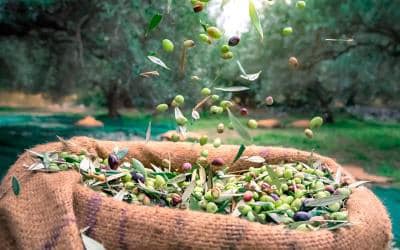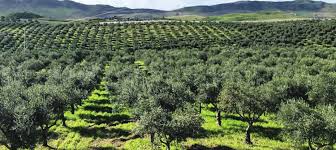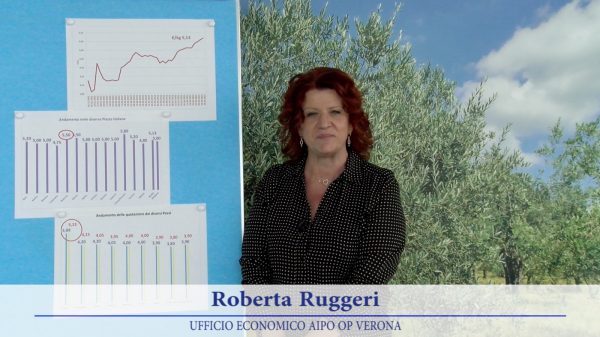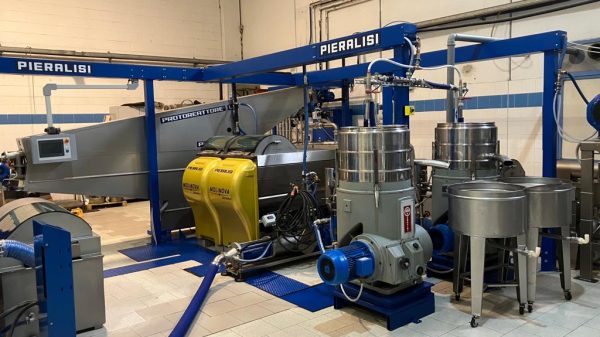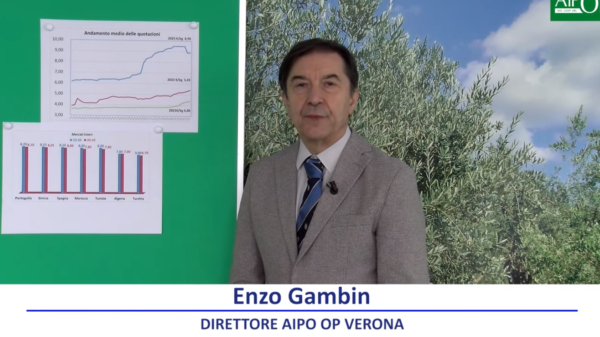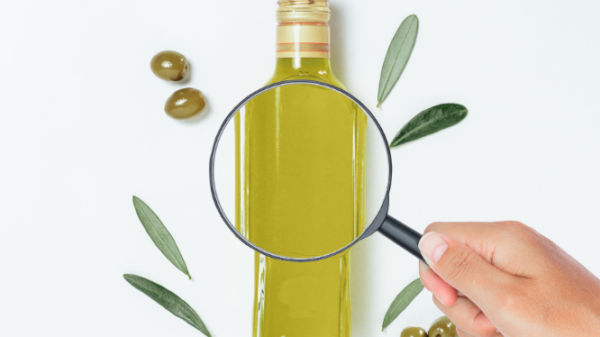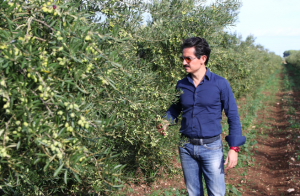The Action Plan to combat and prevent the spread of Xylella fastidiosa for the year 2022 has been approved by the Puglia Region. It identifies the sampling and laboratory analyzes to be carried out and the strategy that theRegional Phytosanitary Observatory intends to adopt for the monitoring of vector plants and insects, as well as innovative tools to control, prevent and manage the plant disease.
 “Not only control, eradication of the harmful organism, prevention and protection of the regional free areas – he says the regional councilor for agriculture Donato Pentassuglia (in the picture) –, but also strengthening of the communication and information campaign and support for olive growers, through compensation, under the aid scheme for companies that have voluntarily uprooted infected trees and for the application of mandatory phytosanitary measures, thanks to the resources provided by the olive regeneration. In our strategy - he continues - the zone remains delimited areas “Salento”, declared infected, in which containment measures are implemented, the areas of "Monopoly", “Polignano” e “Alberobello”, consisting of an infected zone and a buffer 2,5 km wide. Instead, it disappearsCanosa area, declared free last December: the massive sampling action implemented by the Puglia Region with over 10 plant samples taken, both inside the nurseries, present in the area, and outside allowed us to exclude this area , also demonstrating the effectiveness of our control action.
“Not only control, eradication of the harmful organism, prevention and protection of the regional free areas – he says the regional councilor for agriculture Donato Pentassuglia (in the picture) –, but also strengthening of the communication and information campaign and support for olive growers, through compensation, under the aid scheme for companies that have voluntarily uprooted infected trees and for the application of mandatory phytosanitary measures, thanks to the resources provided by the olive regeneration. In our strategy - he continues - the zone remains delimited areas “Salento”, declared infected, in which containment measures are implemented, the areas of "Monopoly", “Polignano” e “Alberobello”, consisting of an infected zone and a buffer 2,5 km wide. Instead, it disappearsCanosa area, declared free last December: the massive sampling action implemented by the Puglia Region with over 10 plant samples taken, both inside the nurseries, present in the area, and outside allowed us to exclude this area , also demonstrating the effectiveness of our control action.
Furthermore, for this year, we have deemed it appropriate to adopt a conservative approach in terms of phytosanitary surveillance, compared to 2021, keeping our guard up: in fact, we expect to sample almost 300 plants on a total area of 34 hectares over all of Puglia, with over 40 thousand laboratory analyses. For the Plain of monumental olive trees, a former containment and area of particular value from a landscape, historical and environmental point of view, we considered it essential to implement appropriate "reinforced" surveillance in an area between 5 and 20 km from the southern border of the infected area 'Salento' where containment measures are implemented, with particular reference to the plain of ancient olive trees. Our goal is to create barriers and reduce inoculum. To do this, thanks to an ad hoc regional law, we also have the right, once the plants positive for the bacterium have been found, to cut them down and graft them with olive varieties declared resistant.


